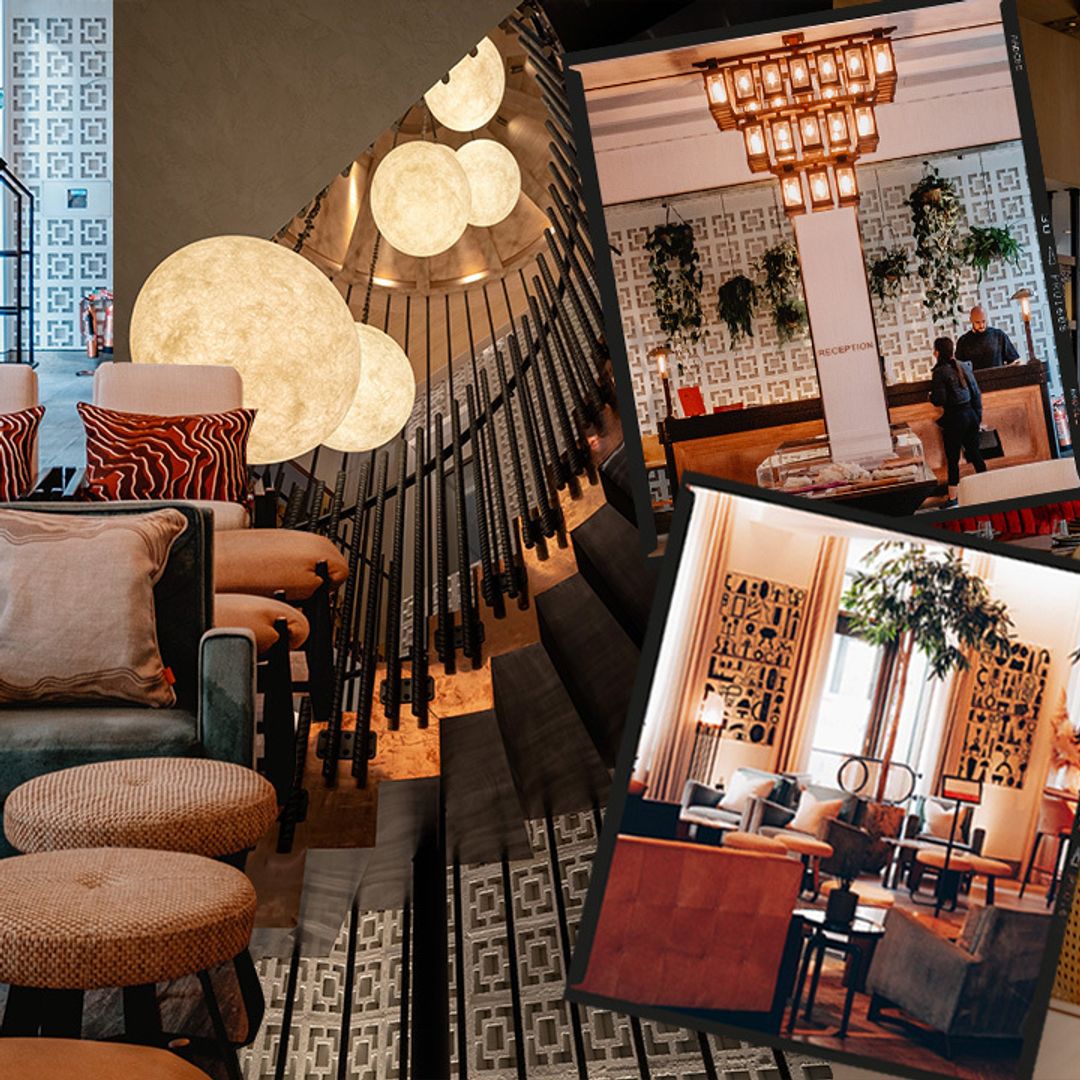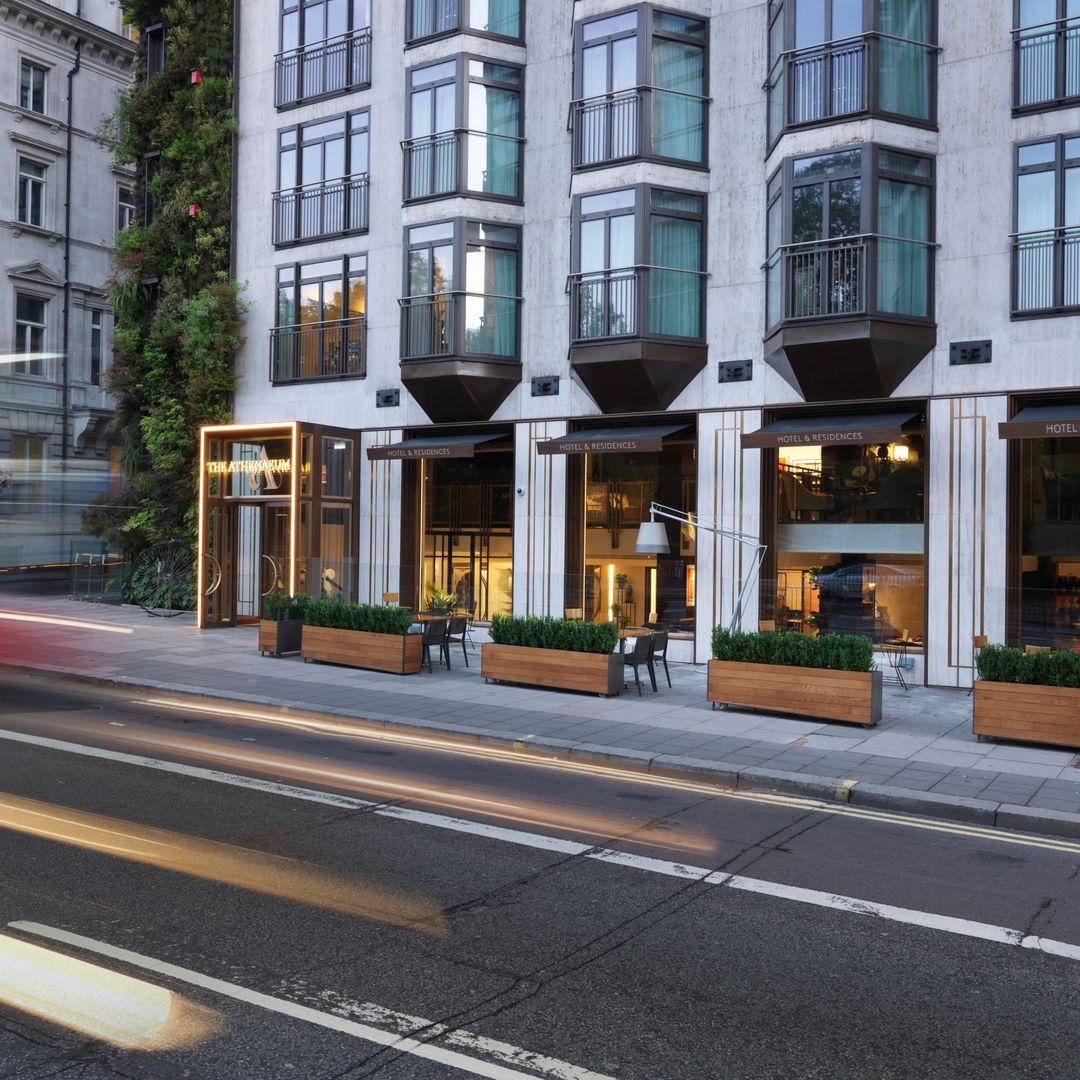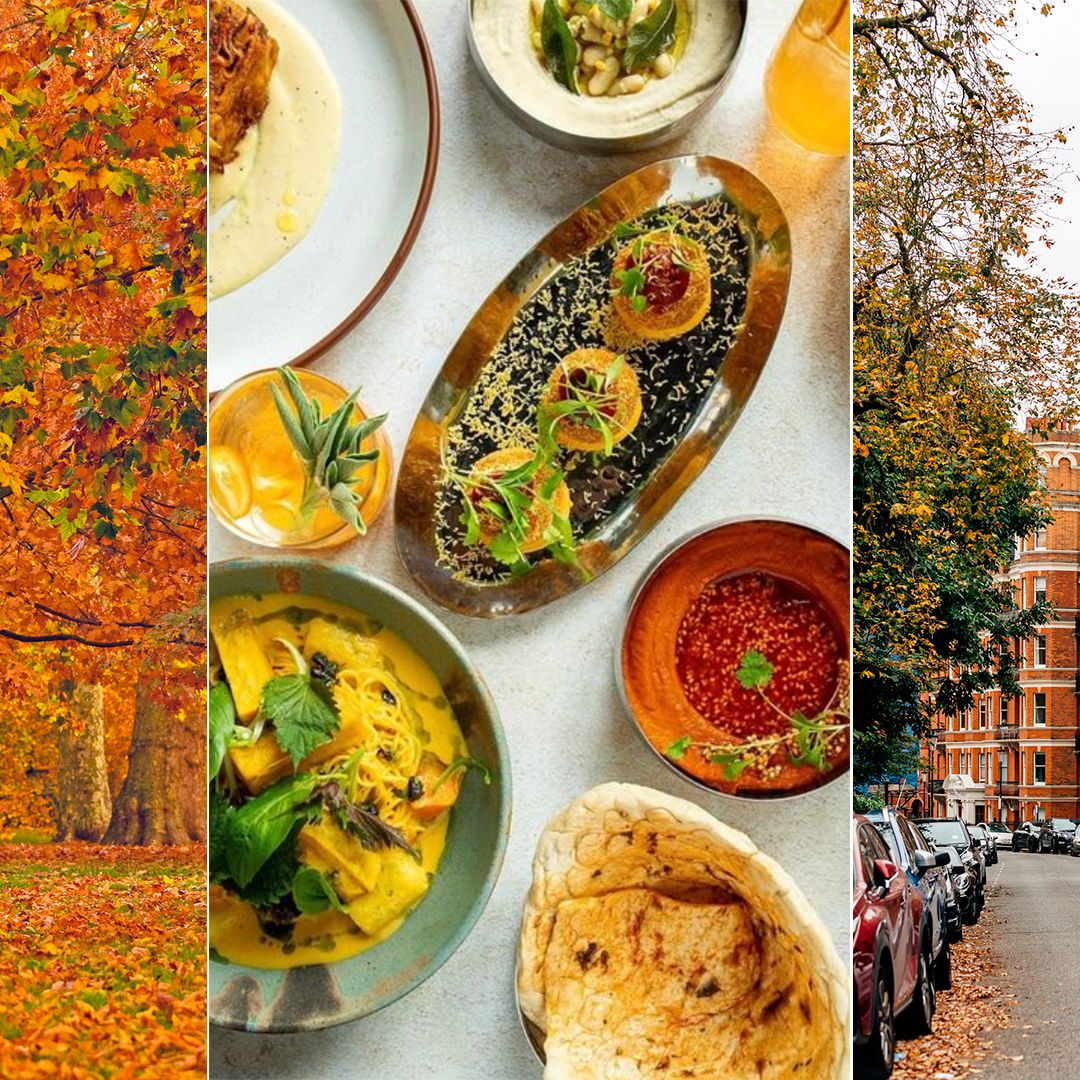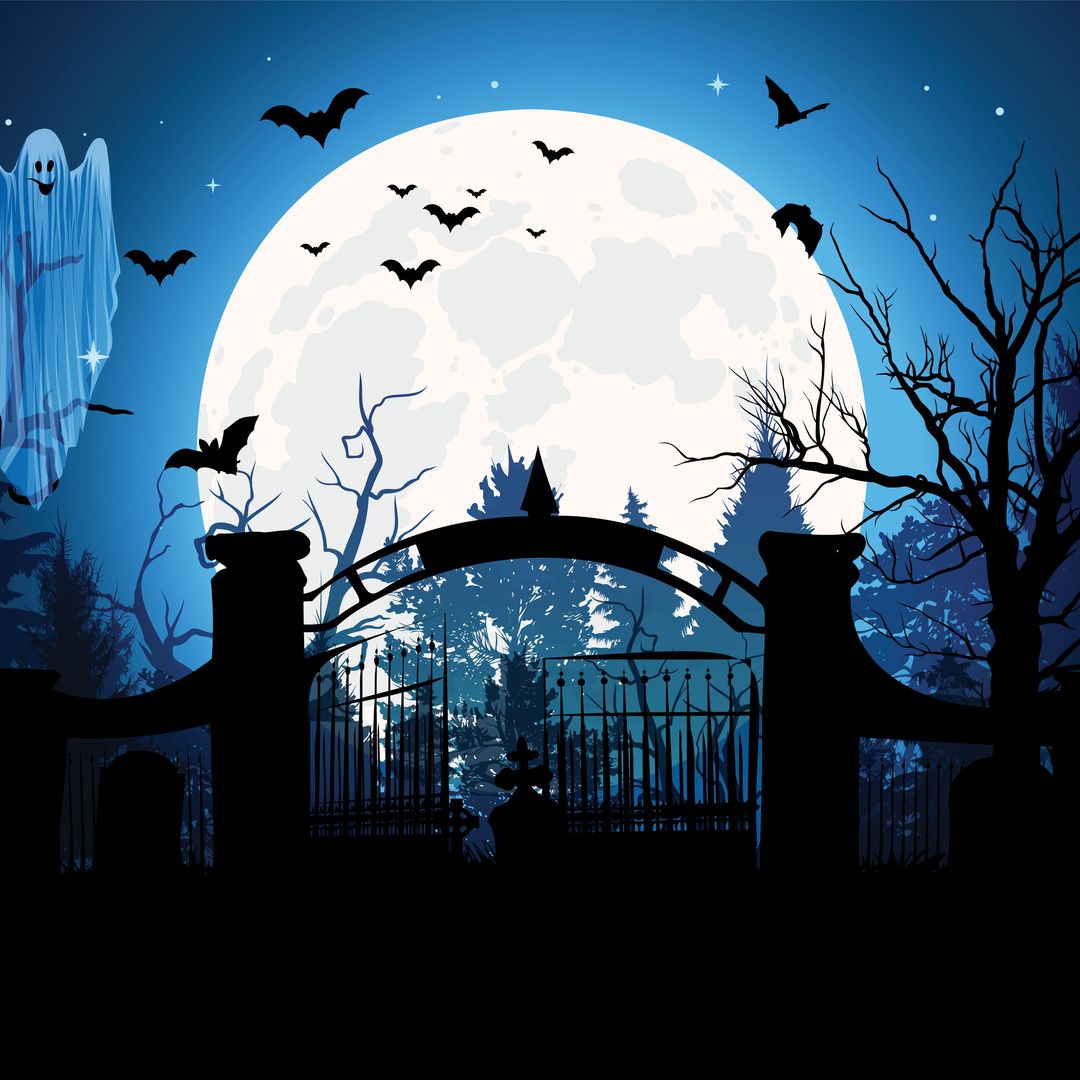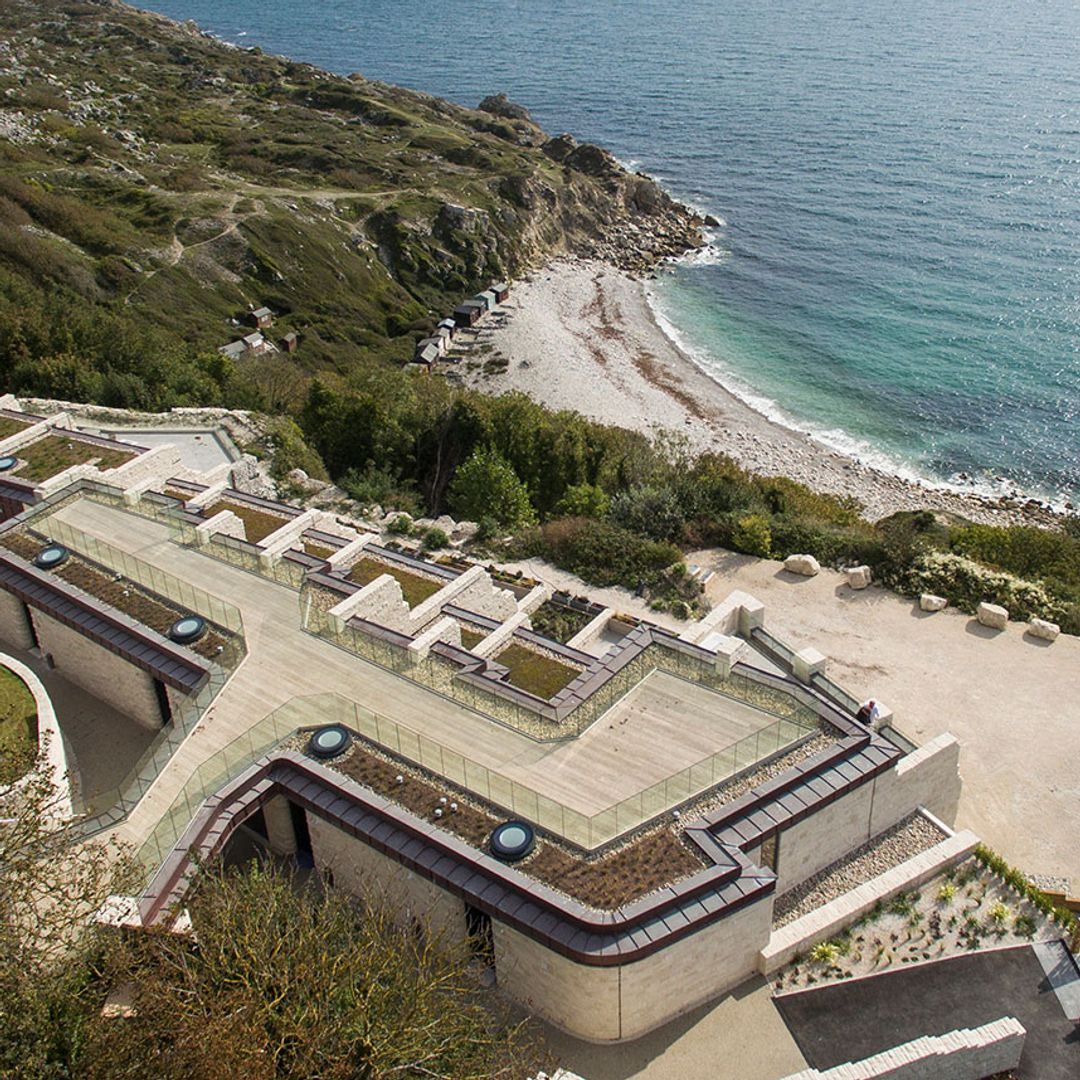Montezuma is the fourth and final star of a series of exhibitions that the museum has offered over the last few years devoted to great political and military leaders of the world. The exhibition, entitled Moctezuma: Aztec ruler - Moctezuma being the modern transcription of the name - traces the rise and fall of this unique character, one of the main protagonists of the tumultuous events surrounding the Spanish conquest of Mexico.
Born in 1467, Moctezuma was the ninth emperor of the Mexica civilisation (often referred to as the Aztecs) that dominated central and southern areas of what is now Mexico during the fourteenth and fifteenth centuries. From the capital, Tenochtitlan - located where the Mexico federal district stands today - he led the Empire at the peak of its glory. His reign lasted from 1502 to 1520 when he was overthrown by the Spanish conquistador Hernan Cortes.
The museum tour opens with a majestic seventeenth-century colonial portrait that evokes the Montezuma of the imagination, a proud warrior, with his cloak, his spear, his shield and his distinctive personal glyph, which includes a turquoise triangular diadem, turquoise being the ubiquitous royal colour.
Among the exhibits, half of which are from Mexico, the centrepiece is "Teocalli of Sacred Warfare". It is located under the central dome and is a complex miniature pyramid temple carved directly into the stone, commissioned by Montezuma in 1507 for the New Fire ceremony that the Mexica people celebrated every 52 years, when solar and lunar calendars coincided.
Another impressive artefact on display is the Cuauhxicalli stone eagle, which has a hollow in its back where the human hearts were placed that the Mexica offered to the sun; it was found near the Great Temple, around which the blood of the sacrifices flowed.
The colours white and turquoise dominate the first part of the exhibition, which introduces the Mexica empire and the imperial dynasty, before focusing on three aspects of Montezuma's character: political power - symbolised by the building of a sumptuous palace - military power, and his semi-divinity, which, among other implications, prevented him from coming into contact with the ground.
The colour setting of the display turns to grey around 1519, with the arrival of the conquistadors, thirsty for gold. The exhibition ends with an explanation of the excavations currently underway at the Great Temple to show the public just how much remains to be discovered about this civilisation.
With this exhibition, which runs until 24 January, the British Museum joins in the run up to the celebrations of the bicentennial of Mexican Independence and the centenary of the revolution.
More information:British Museum

